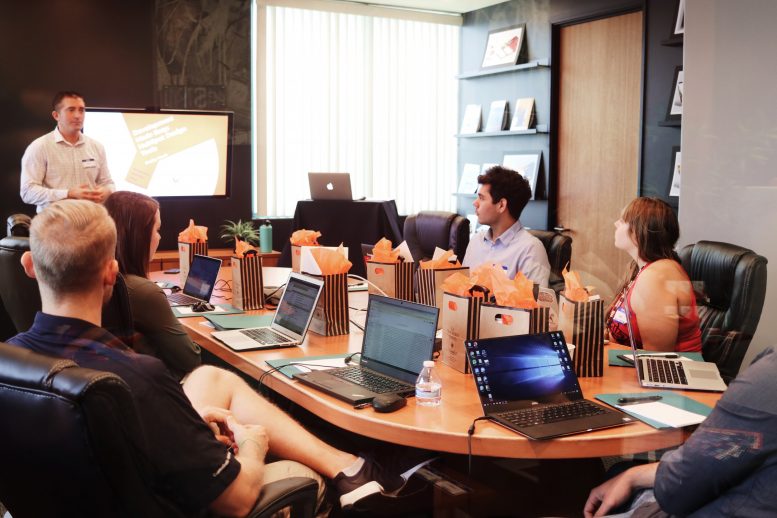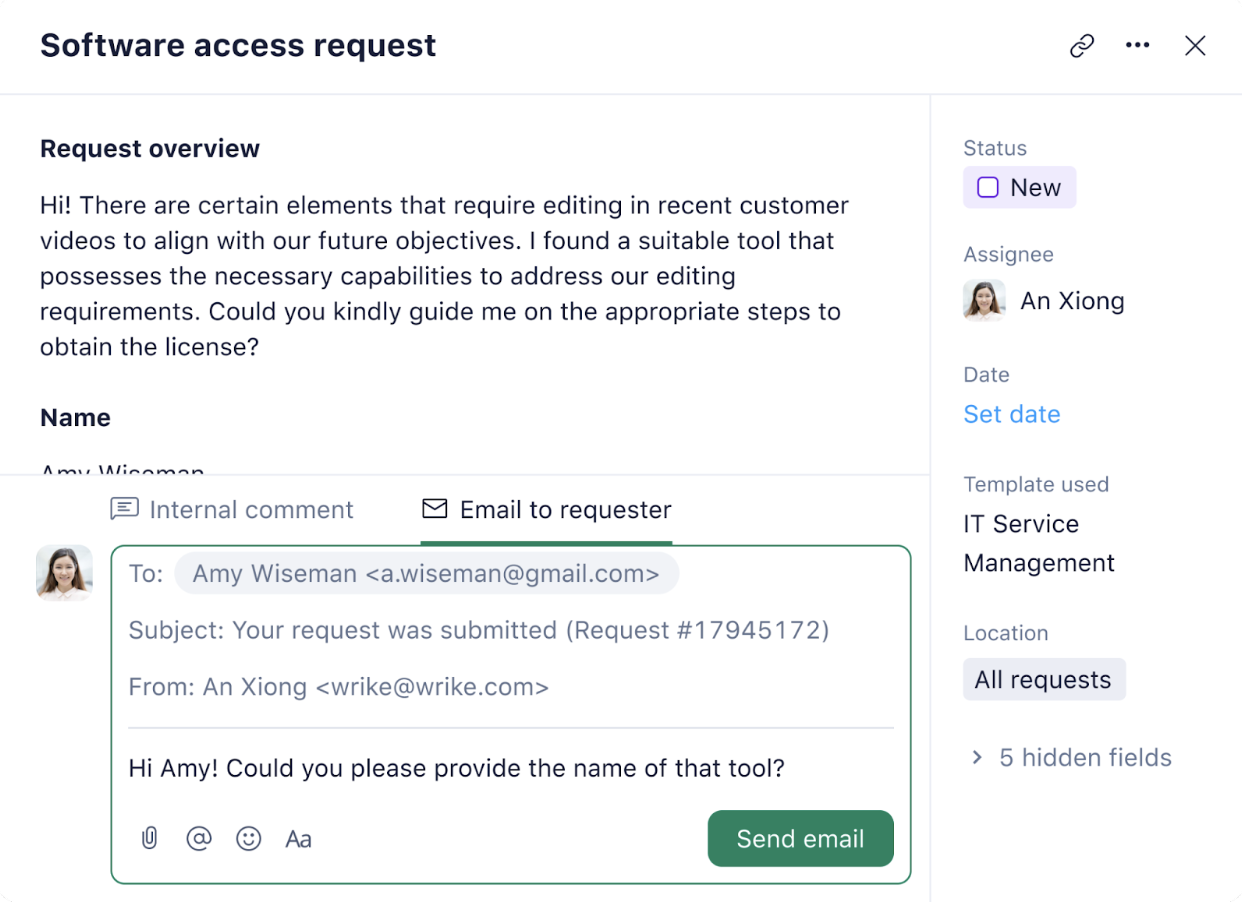You’ve brought together some of the best talent and people in your idustry. You should automatically have a dream team with no additional work, right? Well, a new team dynamic is not so simple. Now you’re searching for the trick to unlock the full potential for your team — big or small, and in any industry — to show their skills.
In today’s workplace, effective team dynamics are essential to achieve organizational goals and desired outcomes. Organizations that have high-performing teams often have a competitive advantage in their respective industries. However, building and maintaining effective team dynamics can be a challenging task, especially when there are multiple factors and individuals involved. This article explores real-world team dynamics, effective examples, best practices, and common challenges.
Understanding team dynamics
Working in a team can be a challenging yet rewarding experience. In order to achieve success, it is important for team members to understand and effectively manage team dynamics.
Defining team dynamics
Team dynamics are the interactions, relationships, and communication patterns among team members. This involves how individuals work together to achieve a common goal, make decisions, and solve problems. Effective team dynamics will require collaboration, trust, open communication, and a clear understanding of individual roles and responsibilities.

When team members work together effectively, they can achieve more than they would individually. This is because each member brings their own unique skills and perspectives to the table, allowing the team to approach problems from multiple angles. However, when team dynamics are poor, it can lead to conflict, misunderstandings, and a lack of progress.
Factors influencing team dynamics
Several factors can influence team dynamics, such as:
- Team size: Larger teams may have more difficulty communicating effectively and making decisions, while smaller teams may struggle to complete tasks that require a wide range of skills.
- Diversity: Diverse teams may struggle to work together, but they can also offer a broader range of ideas and perspectives.
- Leadership style: Leaders who micromanage their team can create a negative work environment. On the other hand, leaders who empower their team can foster teamwork and open communication.
External factors, such as market trends and competition, can also impact team dynamics. Teams that are under pressure to meet deadlines or achieve specific goals may experience increased stress and tension.
The role of leadership in team dynamics
Effective leaders also understand the importance of individual roles and responsibilities within the team. Leaders can strengthen the team by making sure everyone knows their role and has the needed skills and resources.
Leaders who are able to provide constructive feedback and support can help team members to grow and develop their skills. This can lead to increased job satisfaction and a more positive work environment.
Addressing underperformance and accountability
Underperformance and lack of accountability are other roadblocks that can hamper effective team dynamics. When team members are not performing to the expected level, it can lead to frustration and resentment among other team members, along with a decrease in productivity and morale.
Remember to provide coaching and feedback to underperforming team members and hold them accountable for their actions.
Best practices for fostering positive team dynamics
In this section, we will explore some best practices for fostering positive team dynamics.
Establish clear goals and expectations
When team members understand what they are working toward, they are more likely to be motivated and productive. Goals should be specific, measurable, attainable, relevant, and time-bound (SMART). This makes it easy for management to evaluate progress and hold team members accountable for their contributions.
If a team is working on a project, it’s important to have clear goals and set expectations for each team member’s role in achieving those goals. This will help prevent confusion and ensure that everyone is working toward the same outcome.
Encourage open communication and trust
Team members should feel at ease asking questions, providing feedback, and suggesting ways to enhance team performance. Managers can foster this by promoting open discussions and appreciating each member’s input.
Regular team meetings can provide a platform for team members to share their thoughts and ideas. Managers can also provide training on effective communication and conflict resolution to help team members navigate difficult conversations and build trust.
Promote diversity and inclusion
Diversity in terms of skill set, experience, and background can help spark creativity, prevent groupthink, and enhance team morale. Also, creating a welcoming and inclusive environment can help promote collaboration and create a positive and productive work environment.
Managers can promote diversity in three ways. First, they can hire people from diverse backgrounds. Second, they can provide training on unconscious bias. Third, they can support diversity and inclusion initiatives in the company.
Provide opportunities for team building
Team building activities can help foster positive team dynamics by promoting collaboration, communication, trust, and mutual respect.
Managers can organize team building activities such as sports tournaments, offsite retreats, volunteer events, or team outings. These activities can help team members bond and build trust, which can translate into better collaboration and productivity in the workplace.
Overcoming common challenges to help improve team dynamics
Now let’s cover some common team dynamic challenges and how to overcome them.
Resolve conflicts and misunderstandings
Conflicts can happen because of different communication styles, clashes in personalities, and misunderstandings about work. This can lead to communication problems, less productivity, and harm to team spirit.
To overcome these challenges, managers should provide appropriate conflict resolution training to all team members. This training should include techniques for resolving conflicts, such as active listening and effective communication. Remember to establish clear communication channels and encourage active listening and a culture of respect among team members.
Navigate team member turnover
When a team member leaves, it can disrupt the team’s momentum and cause stress or anxiety among the remaining members.
To manage this situation, managers should pay attention to team morale and communicate openly about the hiring process. They should also take steps to ensure that the transition process is as seamless as possible. This can involve offering support to remaining team members and ensuring that new team members receive proper onboarding.
Real-world examples of effective team dynamics
Collaboration and communication are important for success in sports, business, and non-profit organizations. Let’s take a closer look at some real-world examples of effective team dynamics.
Example 1: A high-performing sports team
A high-performing sports team is an excellent example of effective team dynamics. The team members must work together to achieve a common goal, whether it’s winning a game or a championship. Each player has clear roles and responsibilities, and they communicate openly and honestly with each other. This communication helps to build trust and respect between team members, which is essential for success.
One of the key factors in effective team dynamics is understanding each other’s strengths and weaknesses. A high-performing team understands the unique skills and abilities of each player and uses them to create a game plan that maximizes their chances of success.
The coach also plays a significant role in fostering positive team dynamics. A good coach will encourage open communication, promote collaboration, and foster mutual respect among team members. They will also provide guidance and support to help the team achieve its goals.
Example 2: A successful business team
A successful business team is another example of effective team dynamics. In this scenario, each team member brings unique skills and experiences to the table. Business leaders encourage open communication and collaboration among departments.
They do this by setting clear goals and expectations. This helps to break down barriers and ensures that everyone is working toward the same objectives.
The team respects each other’s opinions and works together to solve important business challenges. This collaboration helps to build a strong sense of teamwork and camaraderie among team members.
Example 3: A collaborative non-profit organization
A collaborative non-profit organization is a third example of effective team dynamics. In such an organization, all volunteers and staff members have a shared mission and work together collaboratively. Non-profit organizations rely heavily on volunteers, and team dynamics are often dependent on the organization’s ability to support and appreciate volunteer contributions.
In these environments, leaders must package work in a way that maximizes the organizational goals among a distributed and unpaid team. This requires a high level of communication and collaboration to ensure that everyone is working toward the same goals. Leaders must also be thankful for the contributions of their volunteers, even though they may not have much money or other physical resources to offer.
What different tools can boost team dynamics?
Project management tools, such as Wrike, play a pivotal role in enhancing team dynamics within any project or organization. These tools provide a centralized platform for communication, collaboration, and task management. This fosters a more cohesive and efficient team environment.
Features such as shared calendars, task assignments, and real-time updates allow team members to stay on the same page, leading to improved coordination and reduced misunderstandings.
Moreover, project management tools often come with chat and messaging features for quick communication and information sharing. These tools make project progress and timelines clear, encouraging accountability and trust among team members, ultimately boosting teamwork and productivity.

Conclusion
Effective team dynamics are crucial to achieving organizational goals and creating a positive work environment. Managers should understand team dynamics, promote positive dynamics with best practices, and tackle common challenges. Leaders can also use strategies to create a strong team. This team should be able to handle change, communicate well, boost morale, and achieve great results in their projects or goals.
Master effective team dynamics and enhance collaboration by applying real-world examples and best practices with Wrike’s comprehensive work management platform. Start your free trial today and bring out the full potential of your team.
Note: This article was created with the assistance of an AI engine. It has been reviewed and revised by our team of experts to ensure accuracy and quality.
Power the Modern, Agile Enterprise
Crush your goals and keep moving forward with Wrike’s work management platform.








